Last Updated on July 27, 2021

Hollywood can be one
heartless and bullshit laced place, ask any filmmaker on any level that’s been
there for a while and they’ll tell you. It’s like I always say “Hollywood
makes the mob look honest”, at least the latter have a code they go by,
Hollywood doesn’t really have one. And it can get even worse when you’re a screenwriter, being
that you lose all control on your material once your script is
purchased. And when out of your hands, any talent challenged Tom, Dick or
A-Hole can re-write it at will and keep your name on the finished product –
hence you take the blame. Horror scribe BRENDAN HOOD, hasn’t had much luck in
that respect, his excellent script THEY got dumbed down by outside parties and
now his follow up script THE DEATHS OF IAN STONE seems to have gotten a bum rap
too. Brendan and I ping-ponged recently as to IAN and here’s what he had to say.
DEATHS OF IAN STONE
actually reminded me of your original THEY screenplay (the one that they never
shot). Did you go back to it to pen IAN?
Yeah, I couldn’t help myself on that one. It’s bad
enough when a script of yours gets poorly rewritten or screwed up during a
production. But it’s devastating when the whole thing gets thrown out by the
producers. So when I was writing THE DEATHS OF IAN in the winter of 2001, I took
a couple of ideas from the THEY spec script. Both stories deal with people’s
memories being changed or wiped out completely, along with the concept of
nightmarish things living peripherally within our society.
At the same time, I didn’t want to go hog wild with it. I
wasn’t gunning to write THEY (THE UNMADE SCRIPT) PART 2.
It is my
understanding that the IAN we saw onscreen and the IAN you wrote are two
different animals. Tell us what your screenplay was about?
The original draft for THE DEATHS OF IAN dealt with a young
guy who’s being killed each day by these horrific creatures. So the basic
concept is the same. However, in the spec, what Ian discovers is that there are
literally billions of parallel universes existing at the same time, stacked up
against one another like dominoes. When Ian was tragically killed a few weeks
earlier, he didn’t stay dead. He jumped into the next universe over. Ian found
himself in a different life, with a different job, and a different girlfriend,
but with no clear recollection of his past where he could put two and two
together.
But here’s the catch. If Ian manages to stay alive for
more than 24 hours in any given universe, the laws of our reality will fall
apart. One of those unbreakable laws is that dead men can’t still be alive.
It’s not just an anomaly, it’s an impossibility. So if reality is sort of
like a computer system with rules in place, Ian is a virus. He’s going to
crash the hard drive. And that could mean every universe in this multiple world
framework going kaput at the same time.

That’s where it gets really nasty. Enter a group of
god-like beings called “the Mind” who keep all these realities together and
have unlimited power. They proceed to hunt this poor kid down each day, trying
to stop him from living beyond the 24 hour period. The goal for Ian is to find a
way to break to cycle and live longer than that. But the Mind aren’t seen by
anyone else. They change memories. They can move through walls. They kill
without mercy. They’re immortal. And Ian’s lives consistently get more
terrifying. By the end of the second act, Ian discovers to his horror that
he’s a serial killer being hunted by the police. At the same time, Ian’s
fear keeps growing until it manifests into a physical prison – a hospital
where he’s turning into a festering corpse.
Anyway, it was supposed to be this story about how you
could only live and get stronger by conquering your own fear. When Stan Winston
Productions started developing it, one of the producers wanted the Mind to
become a race of creatures called “harvesters” — vampires who fed on human
fear. So I tried to make the fear vampire thing work by turning the story into
the first chapter of a hero myth. It was always supposed to be a big graphic
novel anyway. But it became less cerebral and off the wall. It was now a story
about a guy discovering who he really was.
What would say are
the main differences between your script and the finished product?
The major difference was the approach to the material.
Dario Piana was brought on board to direct the film, and we didn’t find a lot
of common ground. For instance, the harvesters were supposed to be these
faceless, midnight-skinned creatures using weapons made from their own bones and
flesh. Dario turned them into a CGI combination of the T-1000 from TERMINATOR 2
and the Dementors from HARRY POTTER. He also ended up adding things like the
vibrating heads from JACOB’S LADDER and the MATRIX stuff which I found
extremely derivative.
But it also went further than that. The screenplay was
rewritten by Dario and one of the film’s producers, without my knowledge or
participation. I didn’t even find out about it until seven months after
shooting wrapped (and having already completed a videotaped interview to support
the movie), so I was extremely upset. Everything I’d written was either poorly
redone or changed for the worse. The structure and mythology were altered. A new
“love conquers all” theme was added. Several new sequences, including
Ian’s taxi driver life and the unemployed life, were written. The entire final
third was reworked, leading to a new climax that was ludicrously bad.
The old man, Gray, who was supposed to be a teacher figure
in my drafts, was turned into a guy I like to call “Morris the Explainer.”
He just shows up, gives a lot of exposition, and vanishes. Over and over again.
So he no longer had any function in the story. My drafts were also originally
set in the
United States
. Ian actually started out as a high school football player in my script. But
the story was relocated to
Great Britain
. Anyway, it’s hard to point out everything without it being a laundry list.

How involved were
you in the film’s production on a creative standpoint?
Even though I was a credited executive producer, the only
area where I had any impact was casting Mike Vogel for the lead. That was it.
What worked for you
in the IAN movie?
I liked some of the art direction in the first half, and I
thought Christina Cole was very appealing as Jenny. Considering the budget, VFX
supervisor Dennis Michelson and the guys at Stan Winston’s creature shop also
did a solid job with the effects.
But the best thing about IAN STONE was Mike Vogel. Hands
down.
As I said earlier, Mike was the guy that I wanted to play
Ian. I had already seen him in everything from THE TEXAS CHAINSAW MASSACRE
remake to POSEIDON to THE SISTERHOOD OF THE TRAVELING PANTS, and I’d always
been impressed with his work. He had an incredible charisma and a natural acting
style which I thought could really keep this dark fantasy grounded for the
audience. He also looked perfect for the role – the blue eyes and the
clean-cut, spiked hair and the athletic build.
Mike was just spot-on with how I envisioned the character.
At the time of casting, I contacted the supervising producer on the film in
London
and was like, “Have you thought
about Mike Vogel for Ian?” He asked me to make the case for it. So I wrote out
this point-by-point argument as to why Mike was perfect for the part, why the
role would be good for his career, and emailed it to him. Maybe twenty minutes
later, I got an email back from this producer and he said, “Based on that,
we’re making him an offer.” Fortunately, Mike really dug the script,
although I don’t know if he read my work or the rewritten drafts. But the
producers were extremely lucky he agreed to do the movie.
Ultimately, Mike came through for everyone. I totally
believed him whether he was a young jock, a jacket and tie office drone, or a
drug addict. He made them all work. Mike wasn’t just playing Ian Stone. For
me, he really was Ian.
Anyway, I never got the chance to meet Mike. But I am
extremely proud of him.

What didn’t work
at all in your opinion?
The rewritten script. The lack of tension, scares, or
suspense. The pacing. The clichés. The music score. The climax.
Dario also decided to turn the second half of the film into
full-blown camp, which drove me up the wall when I saw it. As soon as that
happened, the movie just nosedived. Matrix people showed up. Poor Jamie Murray
was put in a Britney Spears latex outfit from the “Oops, I Did It Again”
video.
And why someone would take one of the most handsome young
actors in
Hollywood
and make him look like David Lee Roth in a Halloween mask is beyond me.
At the end of the day, whether you loved THE DEATHS OF IAN STONE or hated it,
you’ve got to lay this baby on Dario’s doorstep. It was his vision. It’s
100% his film.
Where is IAN
distribution wise in 2008? When can we expect a wide release?
Well, the movie was part of the After Dark Horrorfest 2007,
which is probably about as wide a release as it’s going to receive.
What did you learn
about the film industry via your experience on the IAN show?
Be careful who you trust.
What’s next for
you, any other genre screenplays in the works?
Whatever I choose to write next, it won’t have a complex
mythology. I tried that with THEY and THE DEATHS OF IAN. Both times, the scripts
either got thrown out or badly rewritten by people who should’ve known better.
Will Brendan Hood
look into directing his own scripts soon?
We’ll see.
In your opinion, why
is the screenwriter the less acknowledged figure within the industry’s
echelon?
Because few people in the industry truly respect what we
do. And everyone, from development execs to producers, thinks they can do it.
Look, writers are critical to the process. And yet, since
we give up our copyright with a script sale, any producer, development
executive, or director can change whatever they want. That’s just the way it
is. You have no say in the matter. If you try to argue against their notes, even
if you’re making good points, you get tagged as being “difficult” and it
hurts your career.
Sometimes you get fired. But if those changes are made and
the movie ends up being a total mess, well… guess what? As the credited
writer, you get most of the blame. Audiences blame you. Critics blame you. And
the other filmmakers expect you to take that blame, keep silent, and
quietly endure. But man, it gets hard – especially when the reviews come in.
You can always try to remove name from the movie, but that’s often way more
trouble than it’s worth.
The endgame is that – as a writer – you will probably
never see your work on the screen as you intended. It’s a 95% certainty. And
that’s if you’re lucky enough to have a movie made. Just check
out the original spec for THEY on this site, then see the film, and
you’ll know what I mean. So it gets discouraging. I just hope that someday,
I’ll be able to get a film made that accurately reflects my work. It might
never happen, especially considering the credits that I’ve got. But you
can’t give up.
Wise words there
Brendan. Thanks for dropping by the site and sharing your slice of Hollywood
life with us!


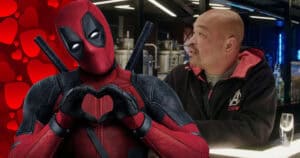

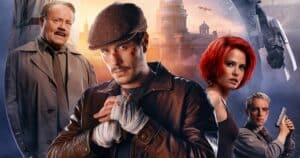

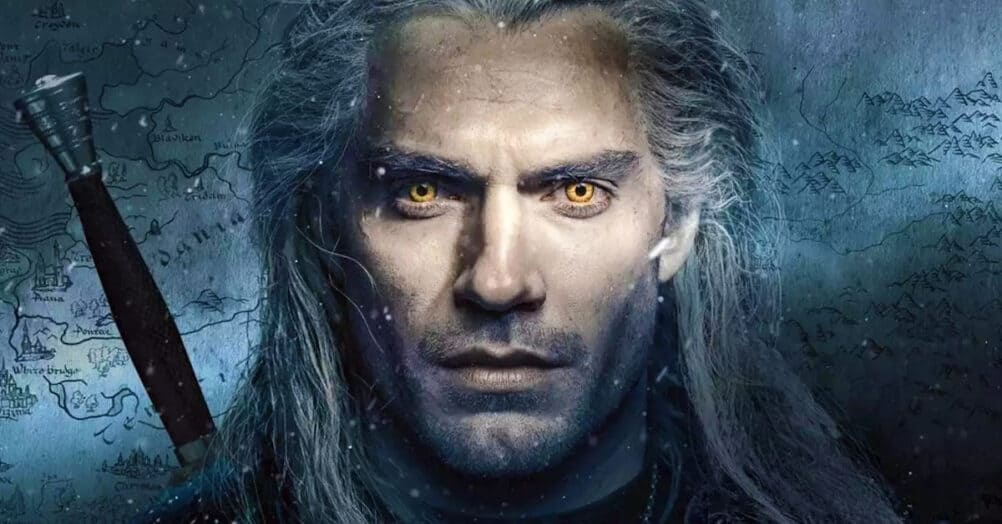
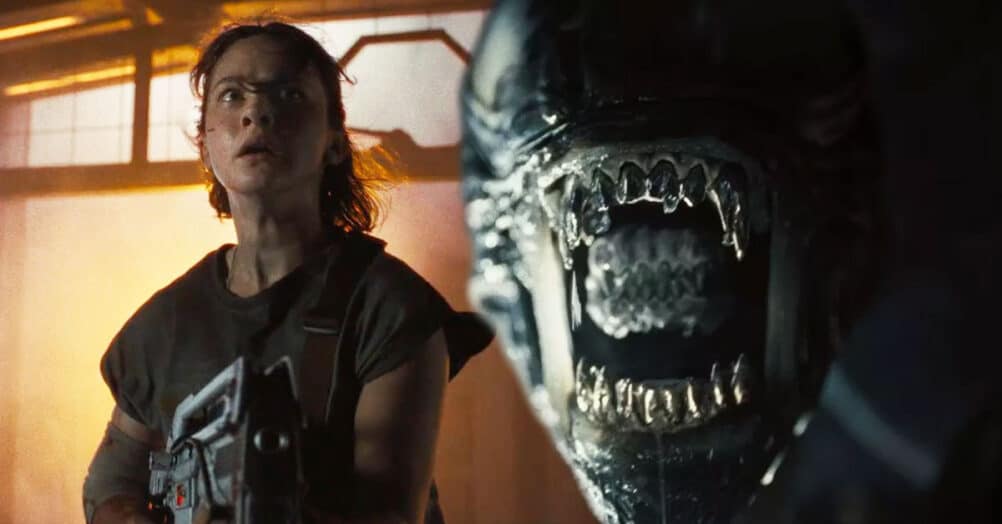


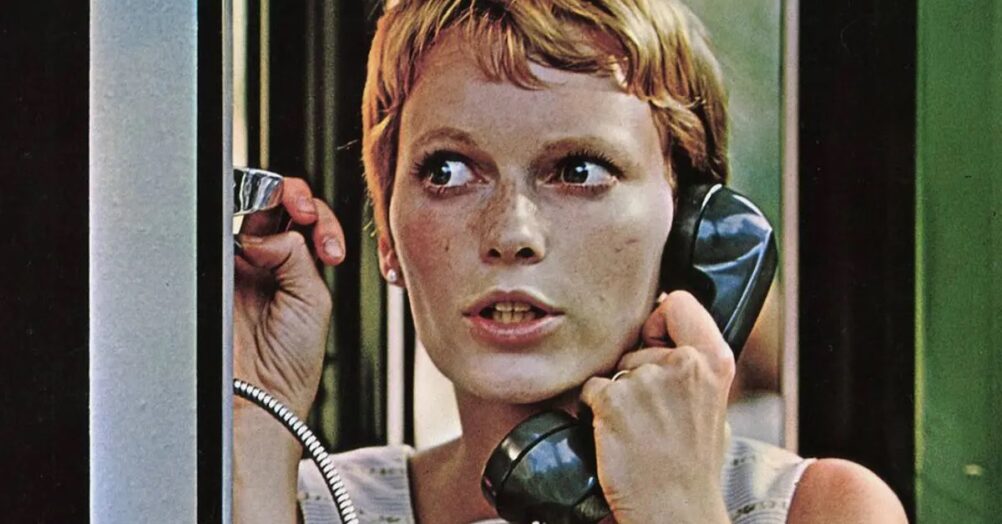
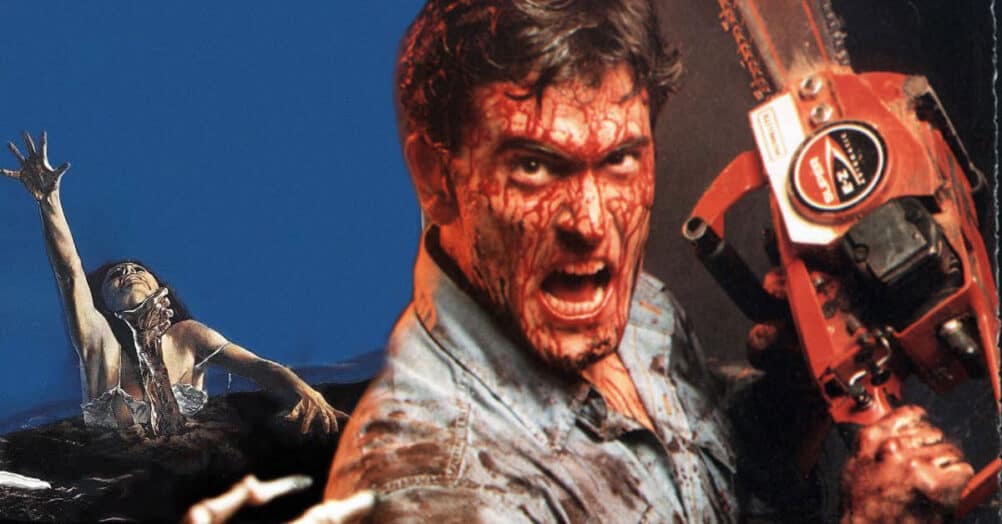

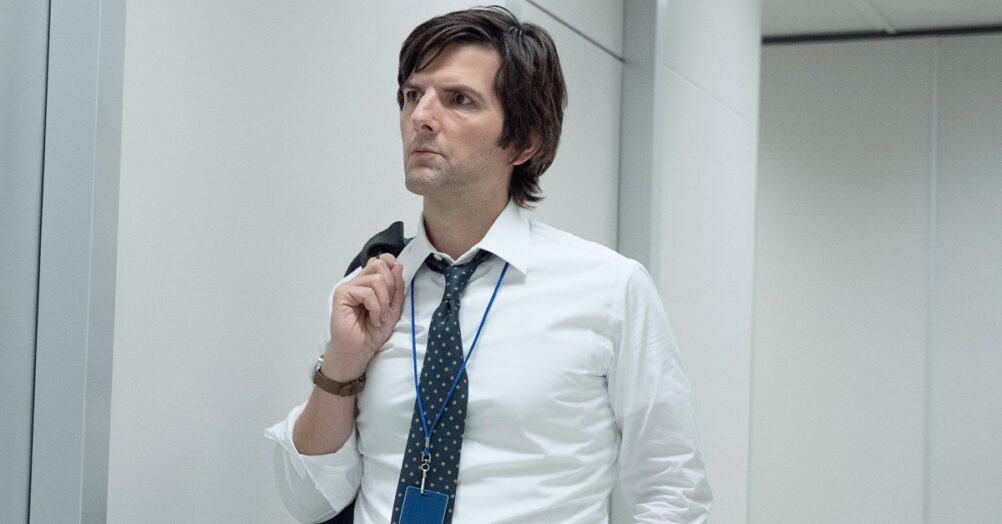
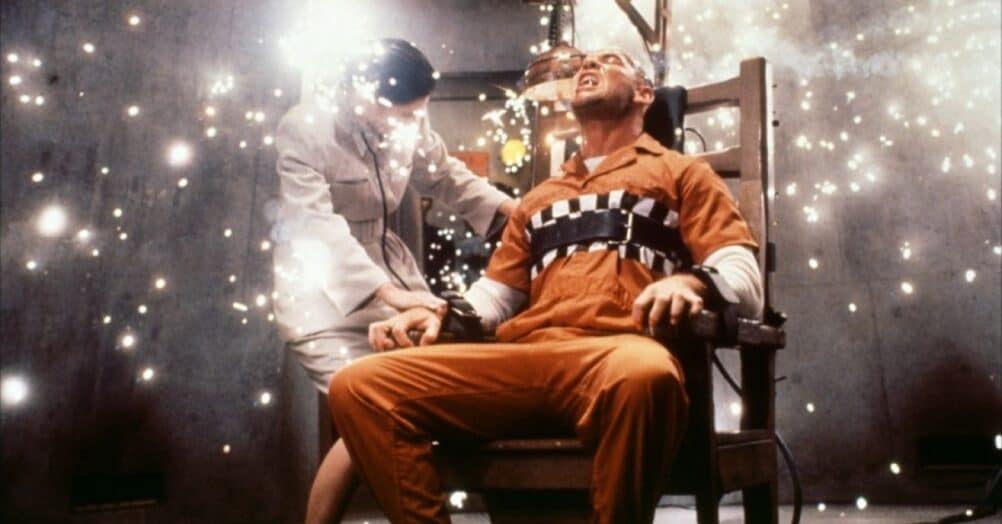
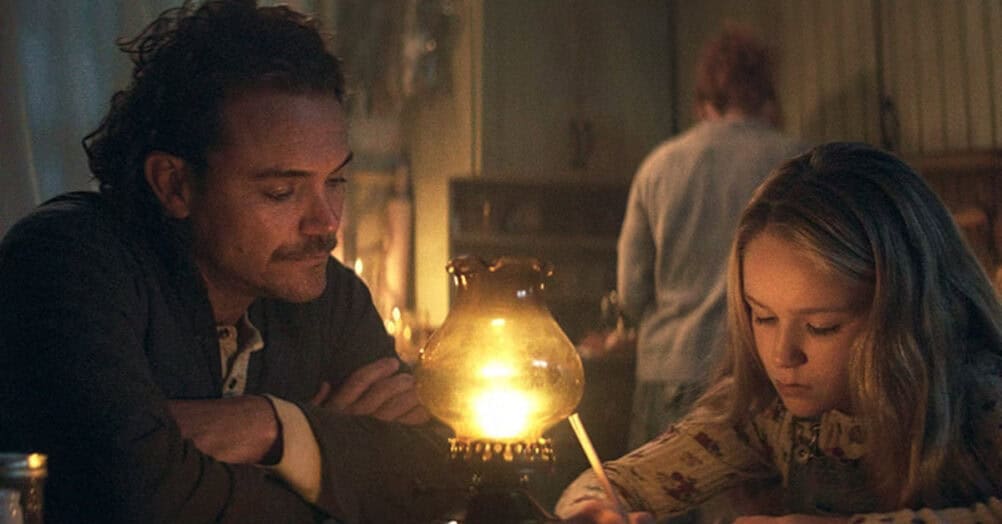
Follow the JOBLO MOVIE NETWORK
Follow us on YOUTUBE
Follow ARROW IN THE HEAD
Follow AITH on YOUTUBE